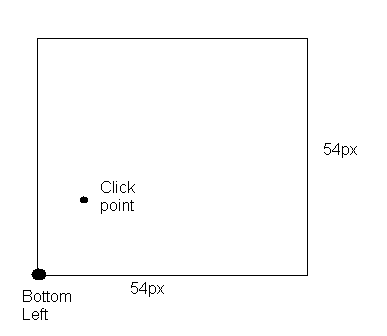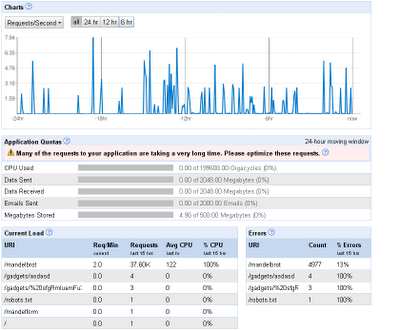This is when you need to implement a real CYA policy. CYA is Cover Your Arse this isn't the bad old EA CYA approach, its not even about clear documentation. This is about making sure when the shit inevitably fan that people don't turn round and say "why didn't you say" but also making sure that they don't say "its your fault because you didn't support it".
So the line here on your programme is simple, you know its going to fail, you have to support it through the failure, but when it goes tits up you need to make sure that your well reasoned arguments into the clinically insane decision are well versed.
Stage 1: Store ALL the documents that went into the decision
Stage 2: Write an email saying that you respect the decision and will of course support the approach, but you feel it doesn't address some of the issues that you previously raised
When this email is ignored that is fine, the people making the decision clearly know its insane but have decided that right now insanity is a valid defense. If they reply with "We think it does address those problems" then again don't reply.
Stage 3: Write down a list of the things that are going to go horribly wrong. Get them flagged in the risk register. You don't have a risk register.... holy crap you need more help than I can ever offer, get one in a hurry
Stage 4: It now becomes the PMs job to track against the risks, if you are the PM then make sure you got Amber early, not Red as you will be "obstructive" but go Amber with your concerns. The worst thing in the world is the project that flicks from Green to Red with you saying "told you so".
Stage 5: Its going down hill, your risk report looks like the dance floor in Saturday Night Fever and people have forgotten what colour green actually is. Now is the time to start pushing "resolutions" you really want to be the person who pulls it from the fire, this will involve however Napalming lots of the people who screwed up, you do not want a problem child responsible for clean up as that just means that it will go more wrong.
Stage 6: You are responsible for clean up. The key phrase here is "Drawing a line under what happened before" this means you are going to ignore any previous decisions and base your judgement on what goes forward is what you want. Its the same line as when a failure is put in charge, the difference here is you will be firing people.
Stage 7: Remember that people screwed up against advice. Those people need to find other place to screw up, unless they are in a desperate career saving type place, then they are your perfect allies. Think of reformed smokers or born again Christians... but with a pay cheque.
Stage 8: Do an Obama. The smartest thing Obama has done so far is declare everything screwed. Don't be nice, be ruthless. If there are six months to go live but it will never happen blame it on the prior administration. Then work out what is achievable.
Stage 9: Plan to an end. Don't get caught in fire-fighting, break the current project and start a new plan for a real end game.
Stage 10: Deliver to live. There is nothing that will help you more than meeting the expectations you set in Stages 8 and 9. This makes you a rock star and this gives you the future right to say "this is wrong".
Insanity and stupidity are horrible things, but don't try and ignore them. The worst things I've ever seen are where bright people have dug stupid people out of holes without making that visible. I've seen some really dumb people in roles they couldn't handle as a result and some smart people burnt out because of it.
The Risk Log is your friend. Do your job, do your best. But this isn't the navy. Over throwing the stupid captain is fine, as long as the number back you up.
Technorati Tags: SOA, Service Architecture














